 Late last week, I received a request to edit someone’s manuscript. Once I asked what the genre was, I never heard back. A friend suggested that the potential client didn’t know what “genre” meant. I’ve been so steeped in this business for so long, that thought never occurred to me. Surely a person would know what type of book they’re transferring from their brain to their keyboard.
Late last week, I received a request to edit someone’s manuscript. Once I asked what the genre was, I never heard back. A friend suggested that the potential client didn’t know what “genre” meant. I’ve been so steeped in this business for so long, that thought never occurred to me. Surely a person would know what type of book they’re transferring from their brain to their keyboard.
But maybe not—or maybe they know, but just don’t know the proper term for it, which is “genre.”
- The most basic definition of “genre” is “category.”
Simple as that. However, new writers, especially, balk at categorizing their work. Their story idea is fresh, new, never-before-attempted, and utterly mind-blowing.
Maybe yes, maybe no, but it still needs a category and here’s why: readers have to find your book. If what you’ve written is basically Sci-Fi-with-a-twist, Sci-Fi readers will want to read it. But how will they know where to find it if it’s listed as—shudder—“other” or some similar term? Where in the store, cyber or otherwise, will they find it?
That’s the point of being able to categorize your book: to help the reader find it.
What categories are there? That’s where things get muddier these days. The basics are Mystery, Romance, Science Fiction, Fantasy, etc. along with all their sub-genres. For instance, the Mystery category alone includes “amateur sleuth,” “police procedurals,” “detective,” etc. Then comes all the hyphenated terms, like Mystery-Romance, Historical-Romance, etc.
But knowing the umbrella term is the first step. The way to know your primary genre is to actually know the elements of your genre. “Boy meets girl” is basic for Romance. If your story begins with this and builds heavily upon it as the pages turn, then there ya go–you’ve written romance. “A crime has been committed” is basic for Mystery. If solving the crime is the focus of every page afterward, then you’ve got yourself a mystery.
These sound formulaic, and they are for a reason. The formulas work. Readers expect certain events to occur in a certain order when they’re reading their favorite genre. What’s new to the formula is you. Pour yourself into the book, but don’t be afraid to call it what it is.
- The Same Thing, Only Different
 In his how-to for screenwriters, Blake Snyder provides an alternate list of “genres” to answer the question “What is it?” But guess what? Even his alternatives are formulaic because, as I said, the formulas work.
In his how-to for screenwriters, Blake Snyder provides an alternate list of “genres” to answer the question “What is it?” But guess what? Even his alternatives are formulaic because, as I said, the formulas work.
Blake’s list isn’t intended to help retailers know where to place your book, but it’s a great tool for the author’s use. It allows the author to tell a potential agent, or simply a reader, what the book is about and what it’s most like.
Though I’m not going to define them here (you can get the book on Amazon), Blake provides ten alternative genres that don’t rely on the traditional formulas and a short list of movies that fit the bill:
- Monster in the House: Jaws, The Exorcist, Fatal Attraction
- Golden Fleece: Star Wars, Wizard of Oz, Back to the Future
- Out of the Bottle: Liar, Liar, Bruce Almighty, Freaky Friday
- Dude with a Problem: Die Hard, Titanic, Schindler’s List
- Rites of Passage: 10, Ordinary People, Days of Wine and Roses
- Buddy Love: Dumb and Dumber, Rain Man, and, not listed, Tango & Cash
- Whydunit: China Town, JFK, The Insider
- The Fool Triumphant: Being There, Forest Gump, Amadeus
- Institutionalized: Animal House, M*A*S*H, The Godfather
- Superhero: Superman, Dracula, A Beautiful Mind
After you’ve read Blake’s explanation behind his genre list and his description of each, you’ll have a better idea of what your book is like. Knowing that helps you pitch it, whether you’re trying to get an agent/publisher, creating an ad for your own publication, or hoping for a sale at some event.
- The Death of Genre
 So, maybe you still can’t categorize your book. It’s too much of a blend. Has too many elements of different genres to fit nicely into a single one.
So, maybe you still can’t categorize your book. It’s too much of a blend. Has too many elements of different genres to fit nicely into a single one.
Don’t fret. We have an answer for that.
In “2 Tips for Genre Mash-Ups,” I told about my own Women’s Fiction/Mystery mash-up and how Donald Maass helped me work my way through it.
Quick recap: my soon-to-be-released Ride to the Altar is an unlikely blend of two genres. It doesn’t contain a plot and a subplot, but two entirely different plots. And it’s not easy to categorize like most hyphenated novels are. In a Historical Mystery, the crime is solved in a historical setting. The setting itself doesn’t have its own plot. Or a Sci-Fi-Romance, where again, the science fiction aspect doesn’t have to have its own plot.
Mine is Women’s Fiction and Mystery. According to the exercises I found in Chapter 2 of Maass’s book, as long as I develop each genre as if it was its own novel, then find the tangents in a central message, I can blend these just fine. And I did.
Maass encourages exploration in novel writing; rule bending, rule breaking, rule transcending. Problem is, you have to know the rules—or in this case, the genres—to know what you’re rebelling against. How could I possibly develop each genre in Ride to the Altar if I don’t know the elements of the genre?
But the end result presents a challenge. For the amateur, like me in this respect, pitching such a book can be difficult. Readers want to know whether the novel fits their favorite genres. Agents want to know what the book is about—and prefer to be told in a one-sentence pitch. How do you pitch something so complicated in one sentence?
Not even Maass provides a clear answer as to where in the store these books would be placed, but he does say this:
My literary agency has prospered thanks to genre-blending fiction. We are glad we took on novelists who were initially hard to classify. Their ground-breaking ideas can be harder to launch, but once airborne can fly high. Out-of-the-box story ideas can hit readers with their novelty . . .
Nothing uplifts the human heart like hope, and his comment here has that in spades.
Regardless of what Maass and Snyder say in their wonderful manuals, there’s a fact that can’t be overlooked: they’re professionals. Experts. They already know the things they’re teaching, have tons of years under their belts, in fact. Despite Snyder’s new list of genres and Maass’s rebellious proclamation of “Death to Genre!” they know enough about it to know what they’re revising and rebelling against.
Beginners need to learn the basics first, and understanding the basic genre you’re writing in is the most basic step.
So, answer Snyder’s question: What story is your book most like?

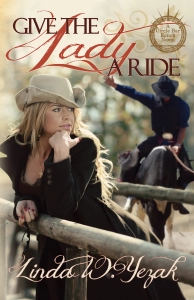
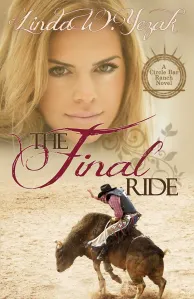



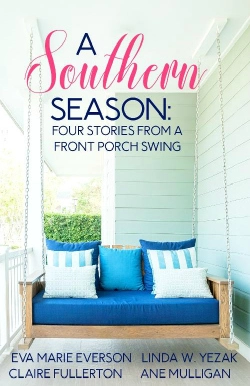
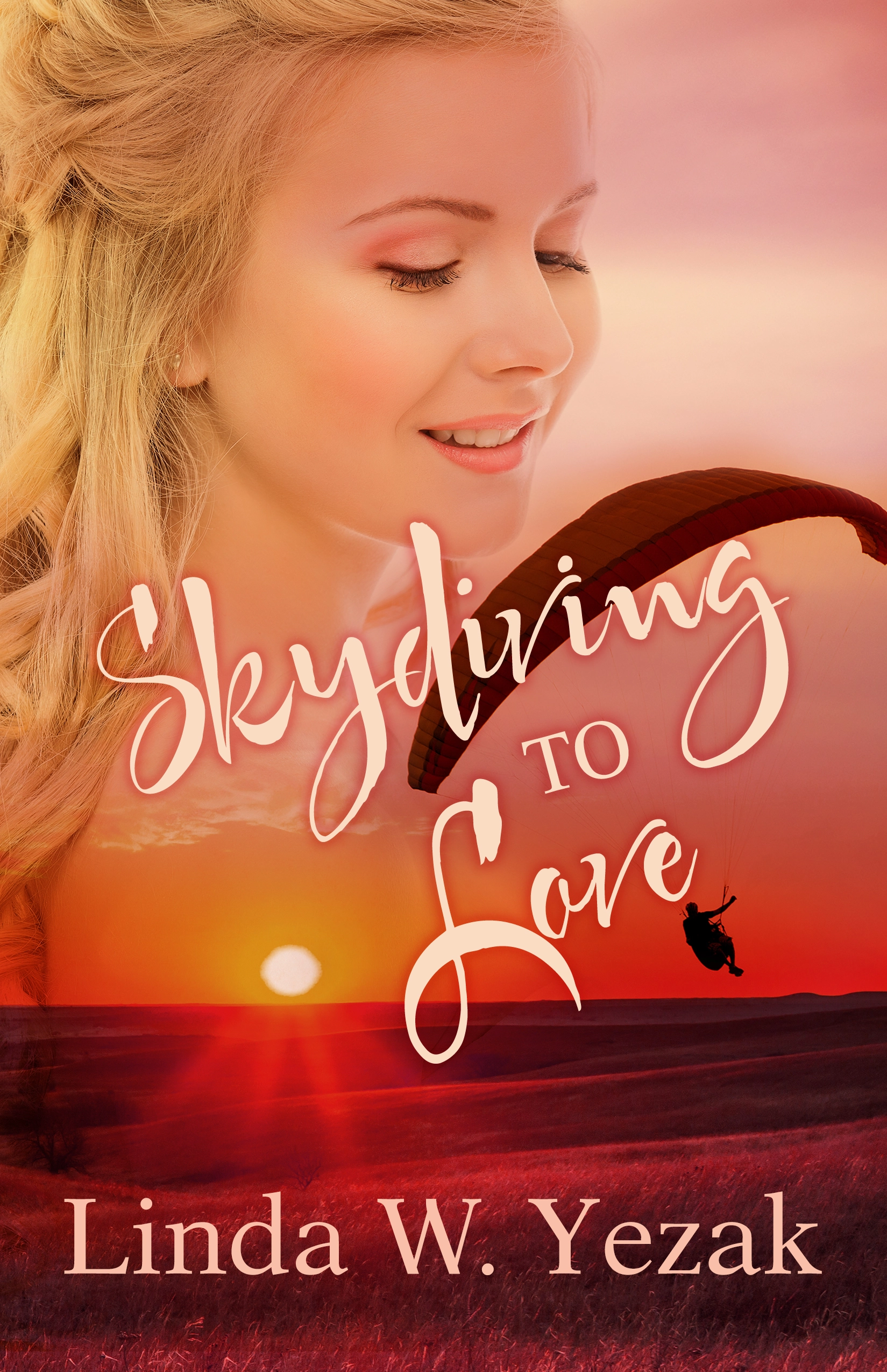
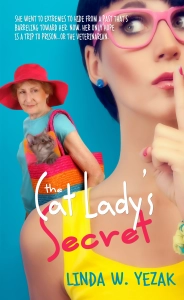






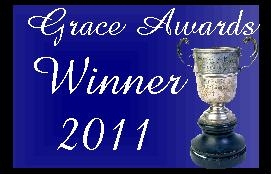


It can sometimes be hard to classify your novel as a newbie. But some wannabe writers are even more confused. I met a woman who said she was writing a novel but when she told me it was the story of her life. I mentioned it might be better classified as a memoir. Genres can be hard to classify in the non-fiction word as well. As you say, learning the rules for various genres can help you identify what you are writing. The Maas book has me intrigued because you’ve mentioned it a few times now. Great post.
LikeLike
Maass is my favorite guru concerning writing. I highly recommend all his books.
LikeLiked by 1 person
Thank you for the recommendation of the Maas book. I used the Snyder book extensively in my last novel, and it worked great. I also read your and Terry Burns’ book Writing in Obedience and will be quoting from it in a presentation I’ll be giving soon. It had so much good information for Christian writers!
LikeLike
Well, thank you, Dee Dee! You’ve made my day!
LikeLike
Pingback: What is “Genre”? | Odd Sock Proofreading & Copyediting